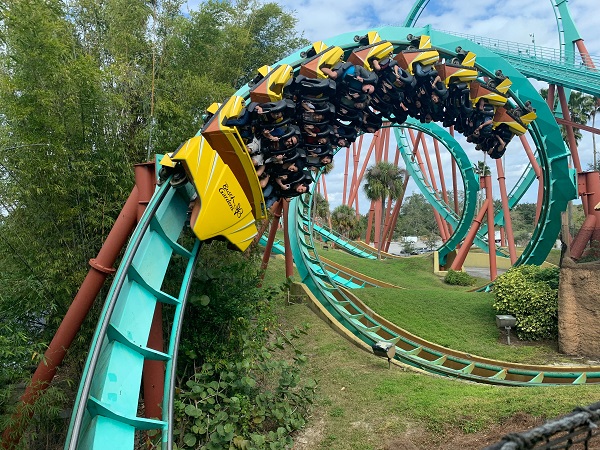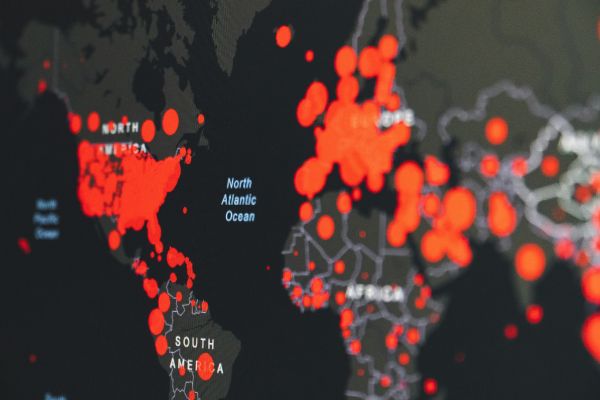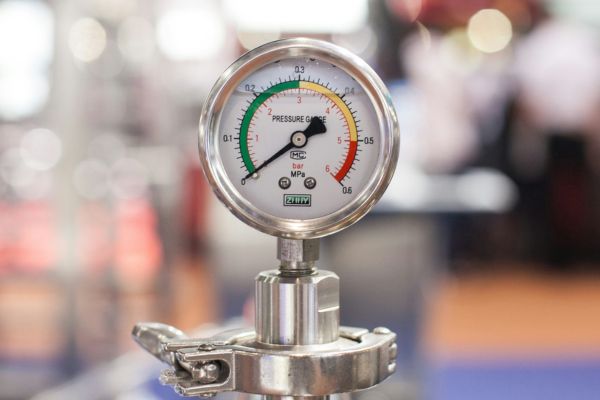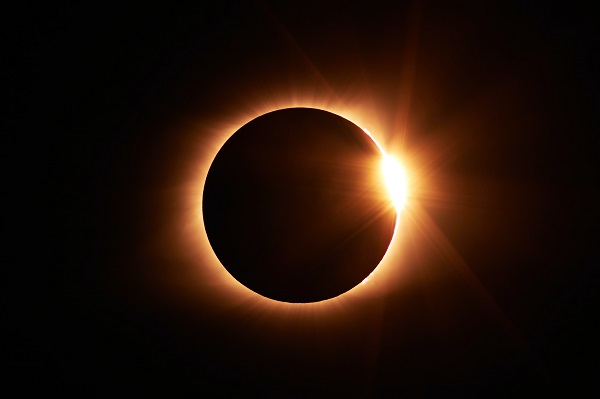Just when experienced traders and investors think they have seen everything, something unexpected always comes along. Stockmarket history is littered with famous and dramatic events. These include the Tulip mania in the 17th Century, post Great War euphoria leading to the 1929 stock market crash and the Depression, bull markets caused by privatisation and exchange deregulation in the 1980s and the late 1990s dot-com boom and bust. The enthusiasm for investors to find the next “sure thing” which “this time is different” never diminishes. Human psychology and behavioural finance truly are fascinating topics.
Crazes and crashes
There is no single pattern to investor crazes and this makes them harder to predict. The known phenomenon of “hindsight bias” then kicks in to try to rationalise events afterwards to excuse it all away as bad luck or a freak accident, which can simply set things up for the next one to occur. Some of these pivotal historic events have involved the entire market, for example in 1987, others have been more selective such as the rise of technology stocks at the turn of the Millennium. Even in these cases the rest of the market usually gets dragged down when things turn sour as did indeed occur in 2003.
There have been other dramatic stock market events including the Oil Crisis in the 1970s, the Credit Crunch and the collapse of Lehman in 2007-8 and the Covid related market falls of 2020. We can put these down to adjusting to a changing reality with sounder economic reason. The Lehman crisis was brought on by speculation, greed and delusion of a slower burn nature that was years in the making by a variety of agents.
Social media, old and new tech
Fast forward to the present day and we live in a world of social media, ever more connectivity and the explosion of groups, causes and strongly held political views which have come to define the last few years. This backdrop gave rise to a truly remarkable story involving American company Gamestop. This company was a strong force in physical gaming from its foundation in 1984. It was large enough to be in the S&P-500 until April 2016 by which time it had suffered some years of decline due to the rise of online gaming services from giants such as Microsoft and Sony. The company continued to struggle with resulting massive stock price falls and the next four years up to April 2020 saw it lose a further 90% of its value as persistent momentum against its business model combined with ill-judged M&A activity took its toll.
15 minutes of fame
Its share price low of USD 2.80 coincided with the bottom of the Covid affected market sell-off in April last year. As markets rallied, the company showed some fairly steady gains up to August 2020 before suddenly becoming the speculative darling of forum website Reddit and attracting a group of smaller investors with loyalty to the brand determined to take on Wall Street short sellers who were betting on long term falls. The way these events played out was completely reflective of the intensity, nervousness and tensions that have permeated the global community in 2020.
The Gamestop share price then climbed astronomically - multiplying 18 fold from its turn of year price of USD 18.84 to its high on 27 January of USD 347.51. The company and its share price was headline news for two dizzying weeks. The inevitable crash then set in but at the time of writing the price is around USD 45. This is a sharp fall (85%) since the high two weeks ago, but it has settled back at a level that was only exceeded for a short period in 2013 if we exclude the last two weeks. The stock now stands up 200% since the start of the year and time will tell how long it can maintain that position.
The stock is still currently in the Russell 2000 but a return to the S&P-500 is not impossible if further gains are made. The stock’s volatility levels also tell their own story, averaging 44% for the ten years up to the start of 2020, jumping to 114% last year and then reaching an unbelievable 438% in just over two months since the start of last December as the situation played out.
Structured product usage
Apart from its place in the Russell 2000 which is one of the most popular indices for structured product usage, some 76 structured products have been issued and matured in the last six years that have directly referenced Gamestop according to data from www.structuredretailproducts.com. These were issued in largest numbers in the US, as well as in Taiwan and Switzerland. The products varied from having Gamestop as a single underlying, plus worst-ofs and basket combinations. The payoff profile was typically Auto-call or Reverse Convertibles for the Gamestop only products reflecting the pick-up in yields that its volatility would bring.
Currently six products are still open according to SRP, five of them being principal protected certificates of deposit on a basket of ten shares with Gamestop and others including Rio Tinto, Staples and Seagate Technology.
All of these products were issued when Gamestop was a typical mid-cap stock and before it acquired its fame. Had any products matured early this year they would have caused significant trading issues, which were no doubt felt even for the products currently open.
While Gamestop has hit world headlines the major chaos was fairly short lived. Structured products were relatively unaffected since not many products link directly to relatively small cap stocks. The market has preferred to issue products linked to indices such as the Russell 2000 whose diversification, transparency and stability are very valuable in situations like these. But for Gamestop and its equity investors it has been quite a ride.
Tags: InvestmentA version of this article has also appeared on www.structuredretailproducts.com
Image courtesy of: Steven Hateley / unsplash.com













